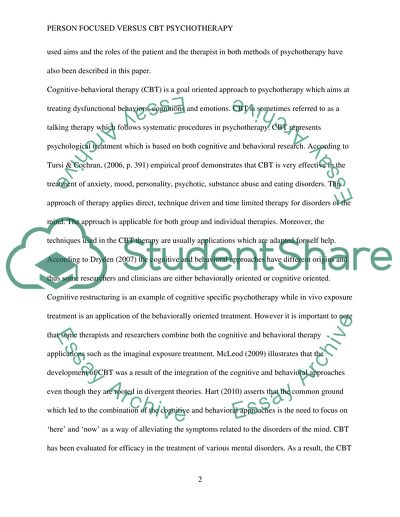Cite this document
(“Person Focused versus CBT Psychotherapy Essay Example | Topics and Well Written Essays - 2500 words”, n.d.)
Retrieved from https://studentshare.org/psychology/1437748-compare-and-contrast-how-psychodynamic-and-person
Retrieved from https://studentshare.org/psychology/1437748-compare-and-contrast-how-psychodynamic-and-person
(Person Focused Versus CBT Psychotherapy Essay Example | Topics and Well Written Essays - 2500 Words)
https://studentshare.org/psychology/1437748-compare-and-contrast-how-psychodynamic-and-person.
https://studentshare.org/psychology/1437748-compare-and-contrast-how-psychodynamic-and-person.
“Person Focused Versus CBT Psychotherapy Essay Example | Topics and Well Written Essays - 2500 Words”, n.d. https://studentshare.org/psychology/1437748-compare-and-contrast-how-psychodynamic-and-person.


